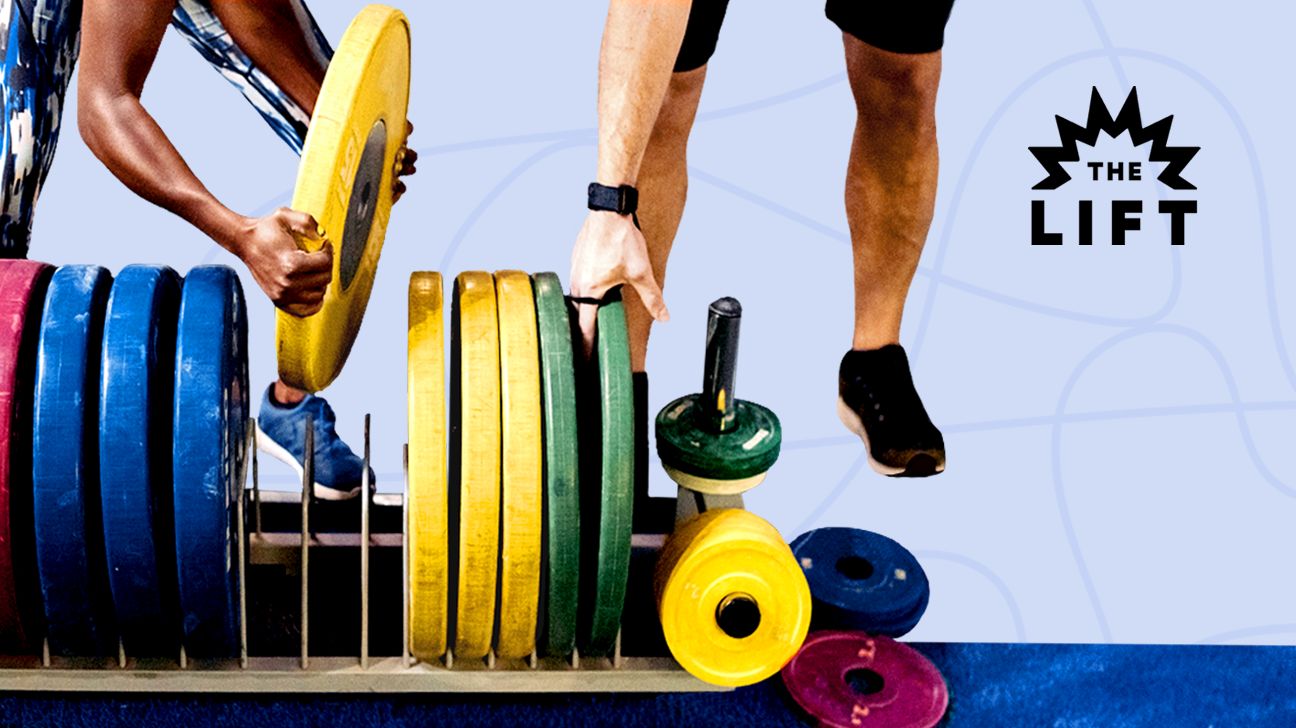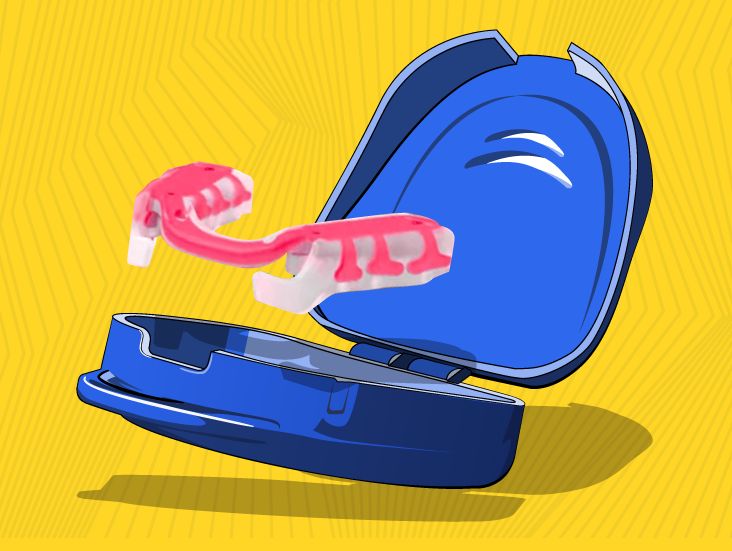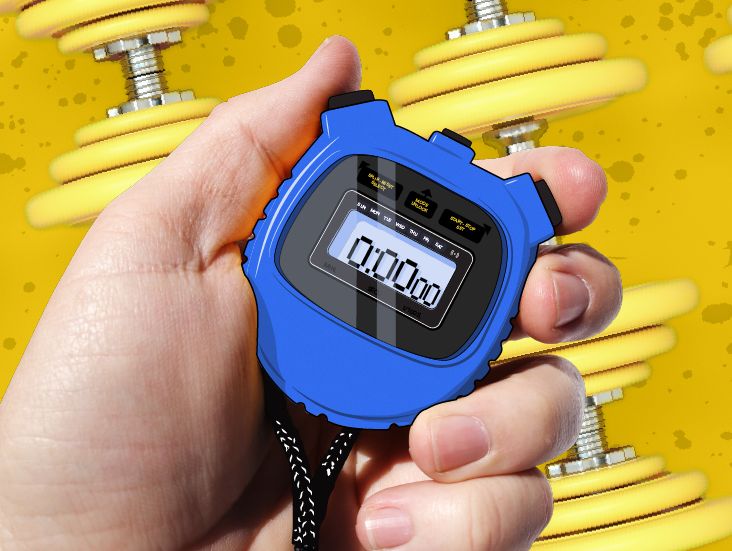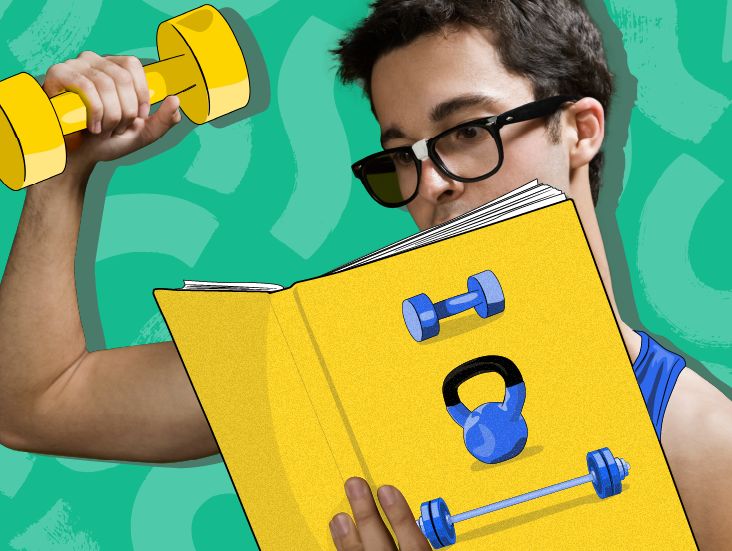
Weight plates aren’t just for loading a barbell or decorating the rack like a souped-up Christmas tree. You can also use weight plates on their own to help you tone, tighten, bulk, and hulk.
“They’re an excellent tool to help add extra weights to your fitness routine,” says NASM-certified trainer John Gardner, CEO of Kickoff, an online custom fitness platform.
Well, if John (freakin’) Gardner thinks they’re excellent, who are we to argue?
Here, fitness trainers break down the benefits of strength training with weight plates and share seven exercises that’ll strengthen your body solo-weight-plate style.
Training with weight plates is a form of resistance/strength training, and the body benefits can’t be understated.
Some of these science-backed benefits are:
- increased muscle mass
- stronger bones
- more resilient joints
- faster metabolism
- improved balance
- reduced injury risk
- boosted mood
- better disposition
Does weight type matter?
“You can incorporate virtually any kind of weight into your resistance training — and that includes weight plates,” says certified strength and conditioning specialist Jake Harcoff.
The variation of the strength exercise you do will depend on the shape, size, material, and handle positions (if there’s any handle at all) of your equipment.
For example, the type of squat you might do with a barbell (front rack, back rack, or overhead), will be different from the type of squat you might do with a kettlebell (goblet or single-arm overhead).
But the truth is, any time you add weight to an exercise, it’s a good thing… a very good thing.
1. Lat raises
If you’ve ever hit up a globo gym, odds are you’ve seen someone crank out lat raises with dumbbells. Welp, you can also do this lat-, deltoid-, and shoulder-strengthening movement with weight plates.
In fact, anyone wanting to develop boulder shoulders should do this variation, according to Harcoff.
“The deltoid or shoulder muscles are composed of three heads — the anterior, lateral, and posterior attachments,” he says. To develop capped shoulders, it simply isn’t good enough to include only various shoulder presses in your workout, as they mainly target the anterior head.
“Lateral raises with plates allow the exerciser to isolate the lateral attachments of the deltoid, helping create the broad and capped aesthetic many bodybuilders are after,” he says.
How to do it:
- Grab two very light (small!) plates with your palms facing down.
- Position feet hip- to shoulder-width apart and cinch core.
- Keeping palms facing down and arms straight, slowly lift arms out to the sides until your body makes a perfect “T” shape.
- Lower with control, then repeat.
- Do 3–5 sets of 8–12 reps.
2. Halos
“The main benefit of the halo exercise is its ability to target the muscles of the core dynamically,” says Harcoff. Most popular core exercises, he says, are static holds (think: plank and hollow hold). “Not many require you to stabilize through the thorax while moving, the way the halo does.”
That’s why he recommends that any athletes looking to develop body control, as well as anyone looking to improve overall midline strength and stability, incorporate the movement into their routine.
As a bonus, the movement also strengthens all the stabilizing muscles in your shoulders.
The halo exercise involves rotating a weight plate as if you’re drawing an angel halo overhead.
How to do it:
- While standing with feet hip-width apart and core braced, position a plate overhead with bent elbows.
- Keeping the plate 8–12 inches from your head the entire time, rotate it in a full circular motion around your head.
- Do 8–10 reps in one direction before reversing directions. Do 3–5 sets in each direction.
3. Plate squat
Whether in the gym or in the loo, a common mistake people make when attempting to squat is using too much hamstring (back of the leg) and not enough quads (front of the leg). But the plate squat can help improve your form.
“Hold a plate at chest height and press it out in front of you while you squat,” says Harcoff.
In order for one part of the body to go backward, another part of the body must travel forward (#physics). In this case, the forward motion of your arms and the weight pushes your upper body back and upright.
“This forces the body to stay upright as you squat, which helps prevent athletes from leaning forward, which stresses the lower back and also pushes the training stimulus back toward the hips and away from the quads,” he explains.
How to do it:
- Hold a lightweight plate with a neutral grip, arms straight.
- Position feet hip-width apart, with toes turned out slightly.
- Brace for a punch to tighten your core and inhale.
- Maintaining a proud chest, drop hips back while bending at your knees. Lower until hips drop below the crease of your knees.
- Press through your entire foot and press hips forward to return to standing.
- Do 3–5 sets of 8–12 reps.
4. Chest supported rows
If going to work sends you to Hunch City, you need to incorporate more pulling exercises into your routine.
“Pulling exercises target the rear deltoid, traps, rhomboids, and lats muscles, all of which are fundamental for posture,” says Harcoff.
Strengthening these pulling muscles helps offset the overuse of frontside muscles from everyday activities like sitting, he says. “[It can also] help to undo the damage that sitting at desks all day does to our bodies.”
And that’s where chest supported wide rows come in.
The chest supported wide row involves pulling two heavy-ish weight plates up along your body from a seated position using — you guessed it — your pulling muscles.
How to do it:
- Position an incline bench at a 45-degree angle and lie stomach-down on bench, toes pressing into the floor.
- Grab a weight plate in each hand, with palms facing inward.
- Squeeze glutes, quads, and core for stability. Keeping elbows tight, pull the plates behind your body. As you pull the weight up, think about squeezing a penny between your lats.
- Pause at the top before returning to the starting position.
- Do 3–5 sets of 8–12 reps.
5. Pinch-grip row
Another pulling exercise you might try is the pinch-grip row. “They’re a little nasty, but they also target your grip muscles,” says Harcoff.
(FTR: By “a little nasty,” he means “very difficult.”)
How to do it:
- Grab two light weight plates, sandwiching a plate between your fingers and thumb on each hand.
- Position feet hip-width apart. Hinge hips back and bend knees slightly until your torso and legs make a ~135 percent angle (LOL).
- Brace your midline and, keeping arms straight, pull elbows behind you. Keep pulling back until you can’t anymore.
- Squeeze your lats together before slowly lowering the plates back to the starting position.
- Do 3–5 sets of 8–12 reps.
6. Low-to-high plate rotation
According to Harcoff, the low-to-high plate rotation is hands-down the best weight plate exercise.
“It is a full-body movement that dynamically targets the legs, truck rotators, and shoulders in the transverse plane,” he says. In other words, you’ll feel it e-v-e-r-y-w-h-e-r-e.
How to do it:
- While standing, hold a plate in the middle of your abdomen, with one hand on either side of the plate.
- Sit your butt back to squat down. As you lower, rotate the plate to your left hip.
- Press through your foot to return to standing. As you rise, rotate off your left back foot and press the weight overhead while twisting to the right.
- Return to the starting position. Repeat, this time switching the side the plate is on.
- Do 3–5 sets of 8–12 reps.
7. Ground-to-overhead
Prepared to be humbled? Try a plate ground-to-overhead.
A fave of CrossFit coaches and athletes, the plate ground-to-overhead is a full-body movement that, according to Gardner, works your leg muscles, glutes, core, arms, shoulders, and back.
“It’s also an effective power-building exercise,” he says. Why? “Because it requires a lot of force and power to drive the weight from the floor and then shift the plate into an extended overhead position,” says Gardner.
How to do it:
- Stand with feet shoulder-width apart and weight plate positioned between your feet with the skinny side down.
- Keeping a flat back, shift hips back until you can grip either side of the plate.
- Pull the plate up along your body into a front rack position before pressing it overhead.
- Lower the plate back to the starting position and repeat.
- Do 3–5 sets of 8–12 reps.
Even if you don’t have a full gym-size rack with beaucoup barbells and weight benches, solo weight plates can do the trick.
Weight plate exercises are an intense, challenging, and effective way to get strength gains. But don’t forget to start slowly and progress at your own pace. The resistance you build over time will help your body develop in the ways it needs to and help you avoid injury.
Gabrielle Kassel (she/her) is a queer sex educator and wellness journalist who is committed to helping people feel the best they can in their bodies. In addition to Healthline, her work has appeared in publications such as Shape, Cosmopolitan, Well+Good, Health, Self, Women’s Health, Greatist, and more! In her free time, Gabrielle can be found coaching CrossFit, reviewing pleasure products, hiking with her border collie, or recording episodes of the podcast she co-hosts called Bad In Bed. Follow her on Instagram @Gabriellekassel.





